Here are six examples that demonstrate how the images in Artstor on JSTOR enhance the teaching and learning of literature, along with two case studies from a professor at UC Irvine and an educator at the Philadelphia Museum of Art.
Hilary Mantel and the court of Henry VIII: putting pictures to words
The temptation to illustrate Hilary Mantel’s Wolf Hall trilogy is irresistible given her invocation of the painter “Hans” (the actual historical figure of Hans Holbein the Younger). In the author’s own words: “He [Holbein] peoples the early Tudor court for us.” Since the artist was so prolific and precise as a portraitist, his likenesses provide a visual Who’s Who to Mantel’s narrative.

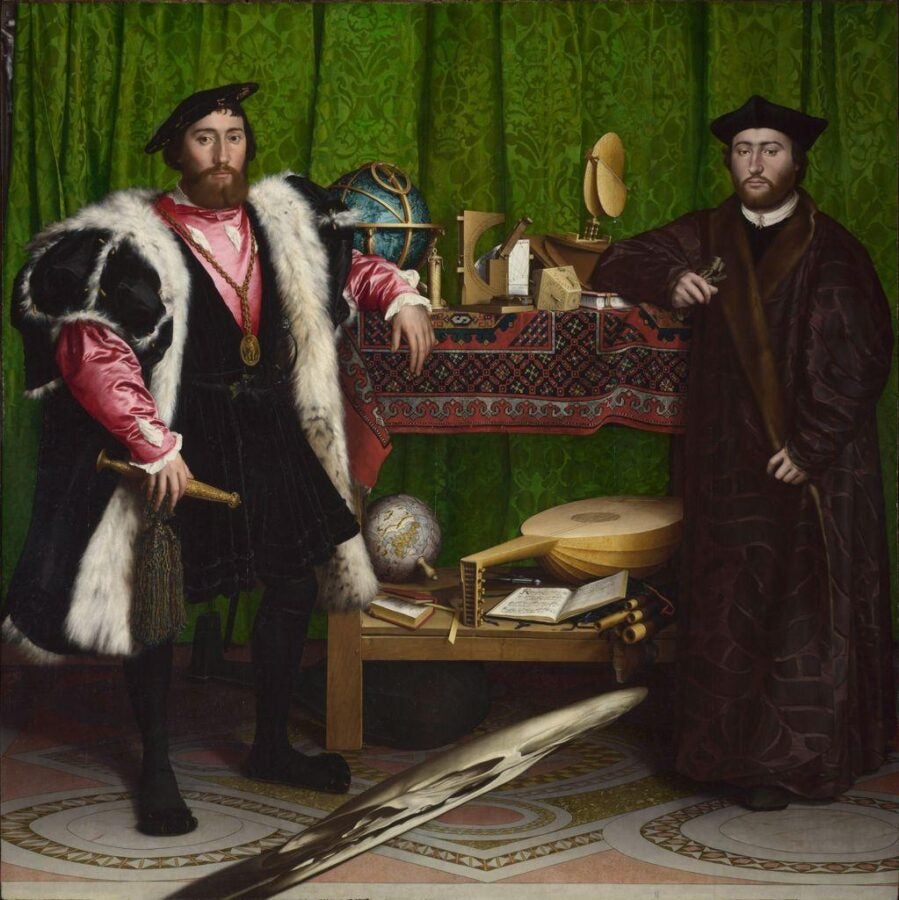

The Museum of Natural History in The Catcher in the Rye
As Holden Caulfield walks to the Museum of Natural History, he reminisces about his previous visits on class trips. He says that what he likes about the museum is how life is trapped in its exhibits, unchanged and unchangeable in contrast to the changes that he has experienced between visits. Artstor on JSTOR gives you a peek of what the museum looked like to the novel’s antihero.
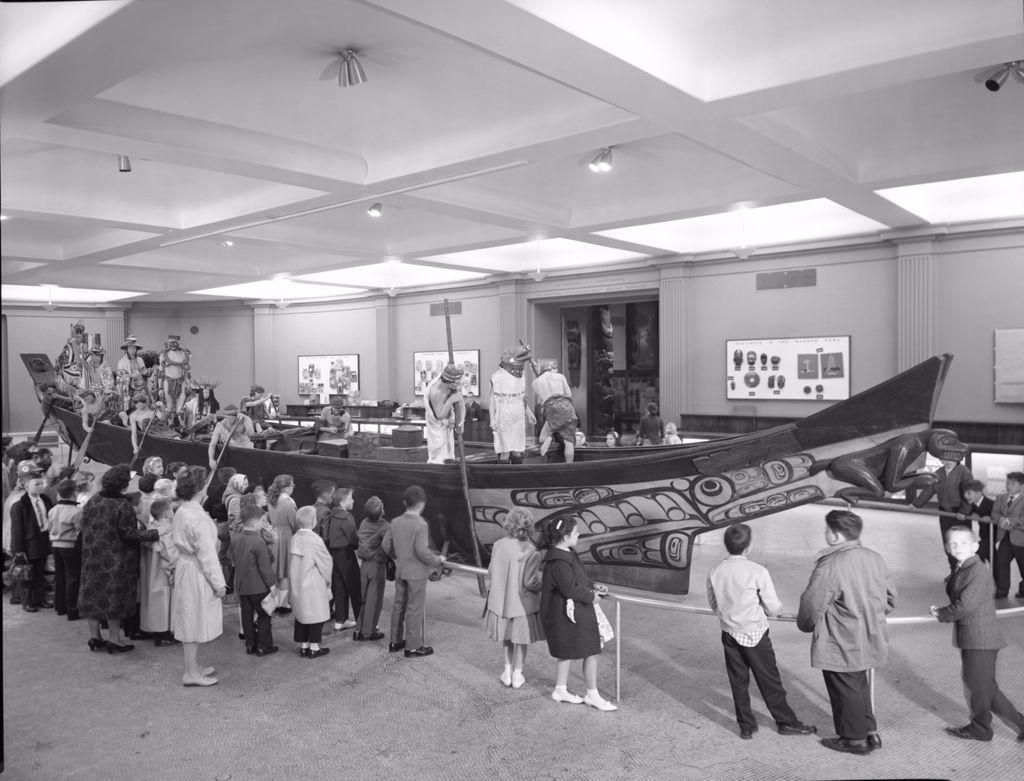
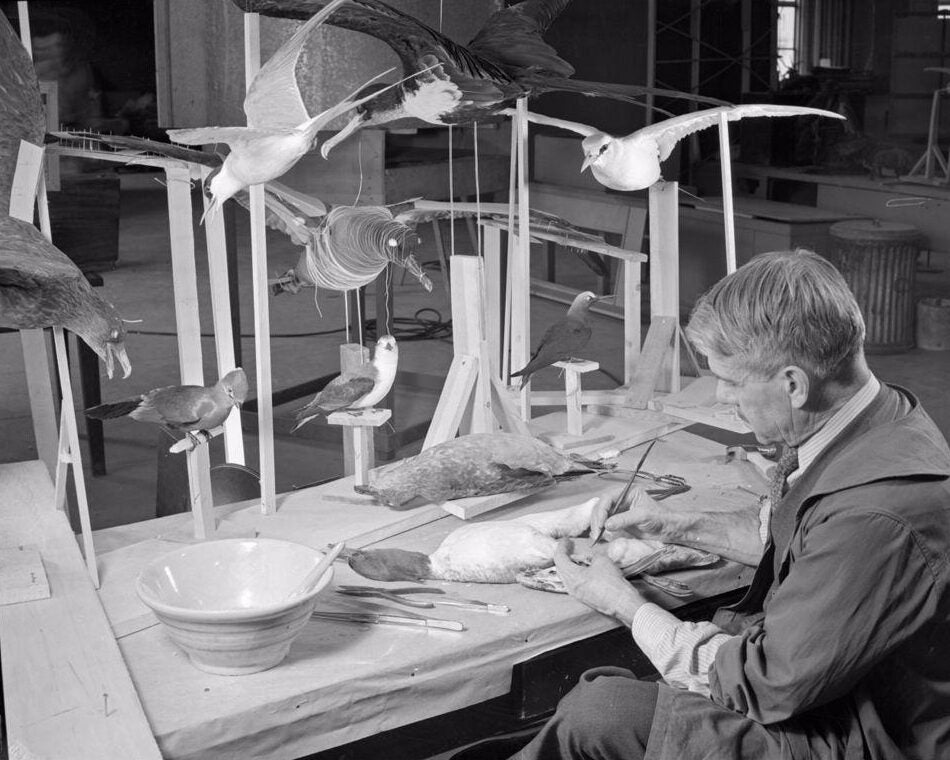
Shopping paradise: Émile Zola and the world’s first department store
Zola, often credited as one of the shrewdest observers of 19th-century French society, did not choose the setting for his novel The Ladies’ Paradise arbitrarily. At the time, the department store had become one of the most iconic features of modern Parisian life.

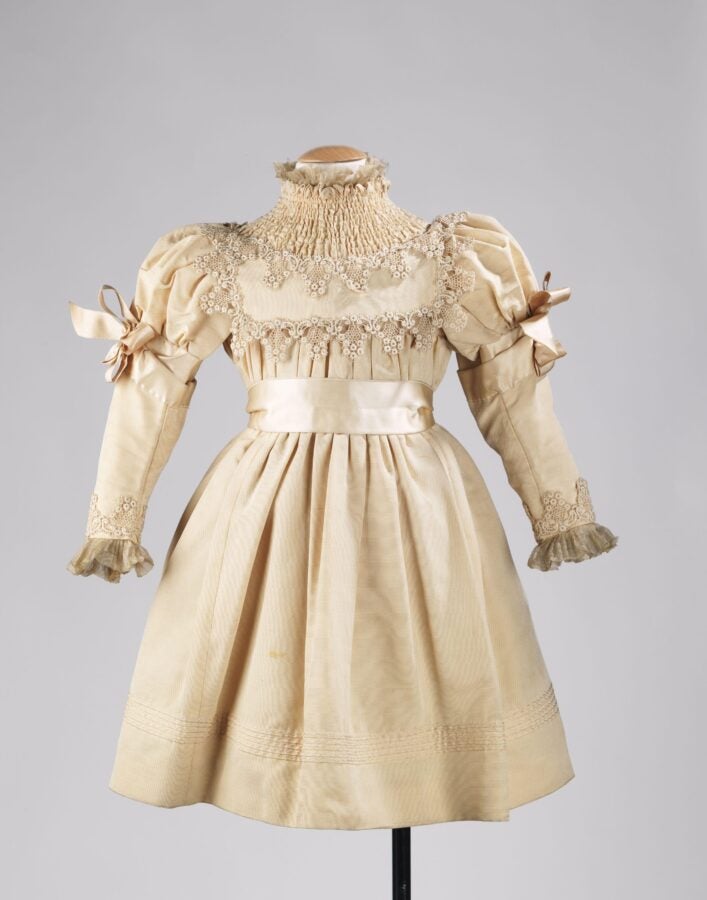
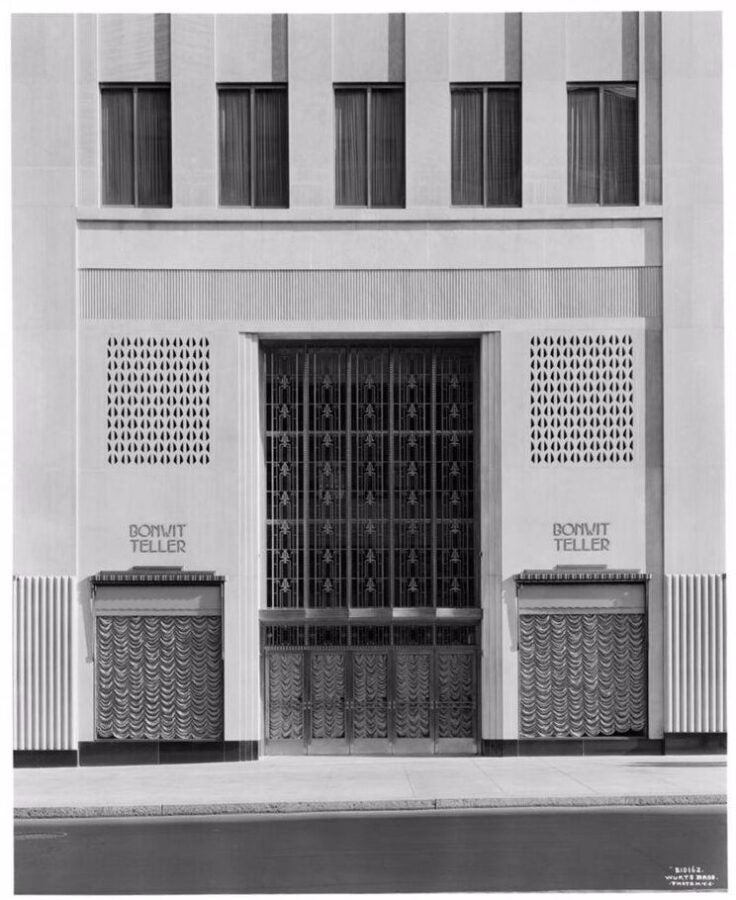
Dostoevsky and the challenge of Hans Holbein’s “Dead Christ”
On the way to Geneva for his honeymoon, Fyodor Dostoevsky and his new wife stopped in Basel for a day and visited its museum. It was there that the famed writer had an unsettling encounter with an artwork that would soon appear in one of his most esteemed novels.



William Blake: the original fan artist
While William Blake published poetry and his illustrations of those poems are wholly original works, he spent the majority of his career drawing and painting scenes from works by other authors—such as Shakespeare, Milton, Chaucer, and Dante. In fact, it might be said that Blake spent a lot of his time working on what we now call “fan art.”
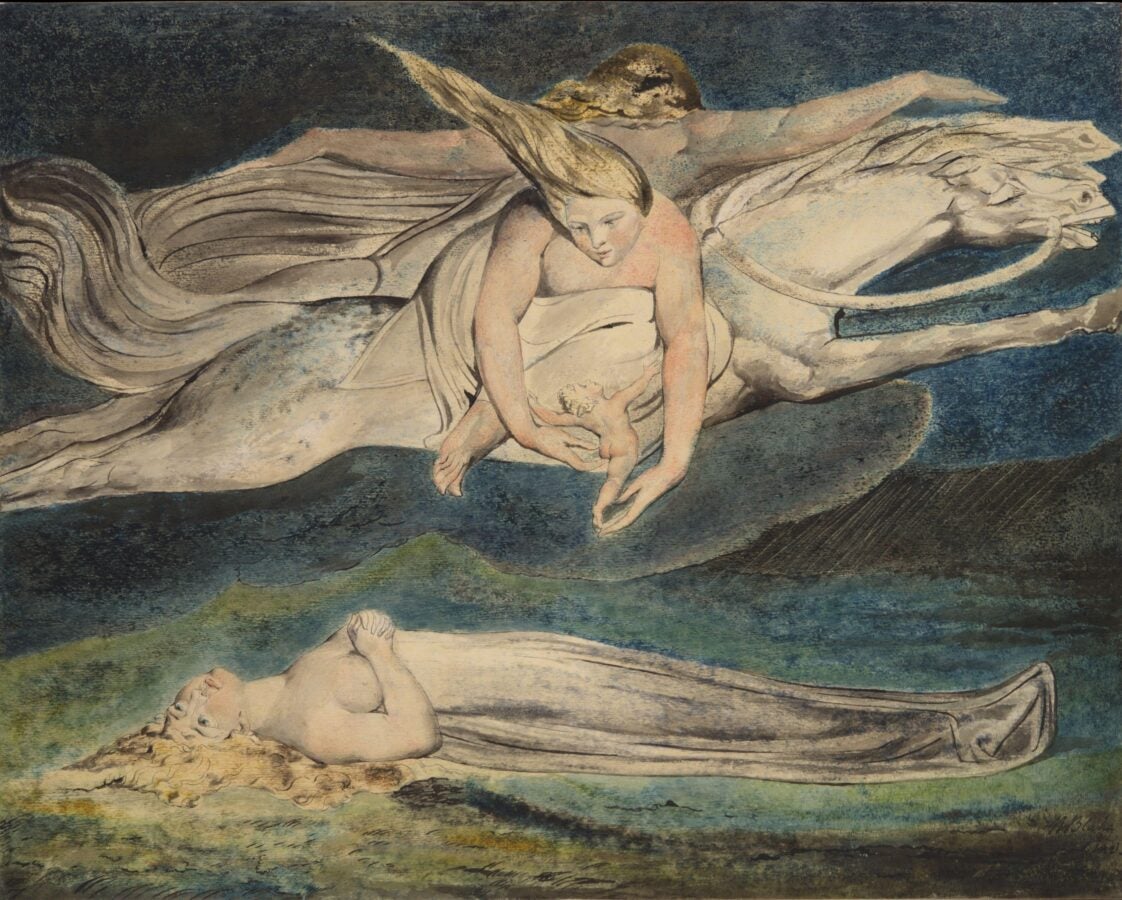
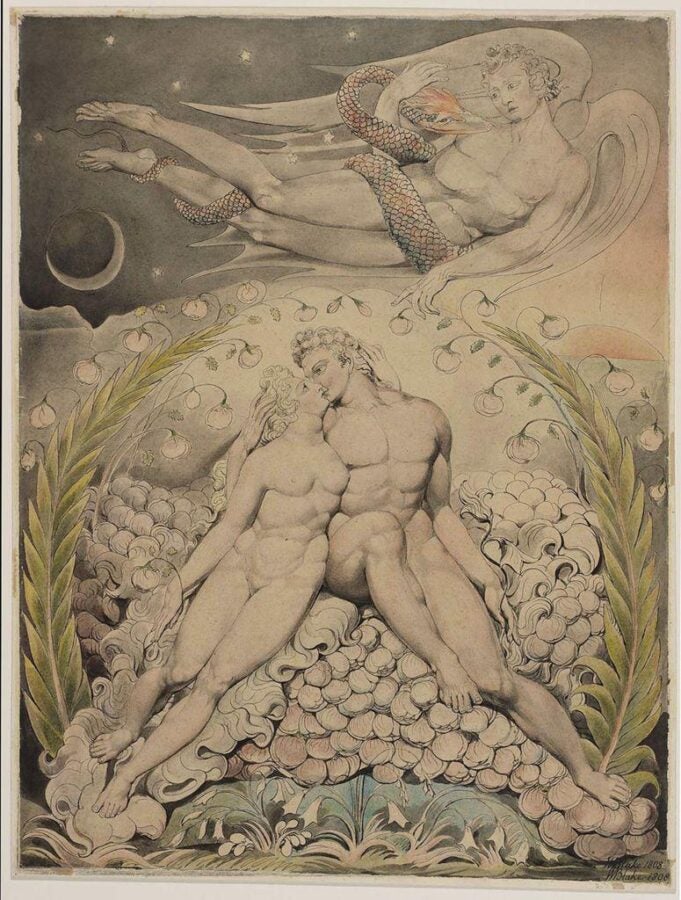

A masterpiece of vulgarity, scatological humor, and violence: Pantagruel illustrated
Published around 1532, François Rabelais’ Pantagruel chronicled the outrageous adventures of the giants Gargantua and Pantagruel and friends. In spite (or possibly because) of being condemned by the church and deemed obscene by censors, the book proved very popular. Four centuries later, André Derain started illustrating the story in a series of woodcuts that would become a highlight in the history of modern illustrated books.

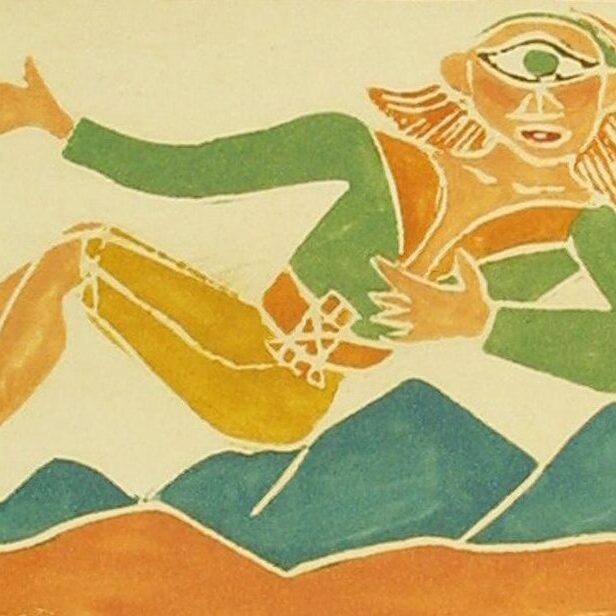
Case studies
A Shakespeare gallery
Julia Reinhard Lupton, Professor of English and Comparative Literature, The University of California, Irvine
Artstor on JSTOR has changed the way I teach Shakespeare. Images of the Globe Theater and panoramic maps of Elizabethan London set the stage for our engagement with the plays. When teaching The Merchant of Venice and Othello, I use paintings by Venetian artists to introduce students to this city of canals, carnival, and liturgical spectacle…
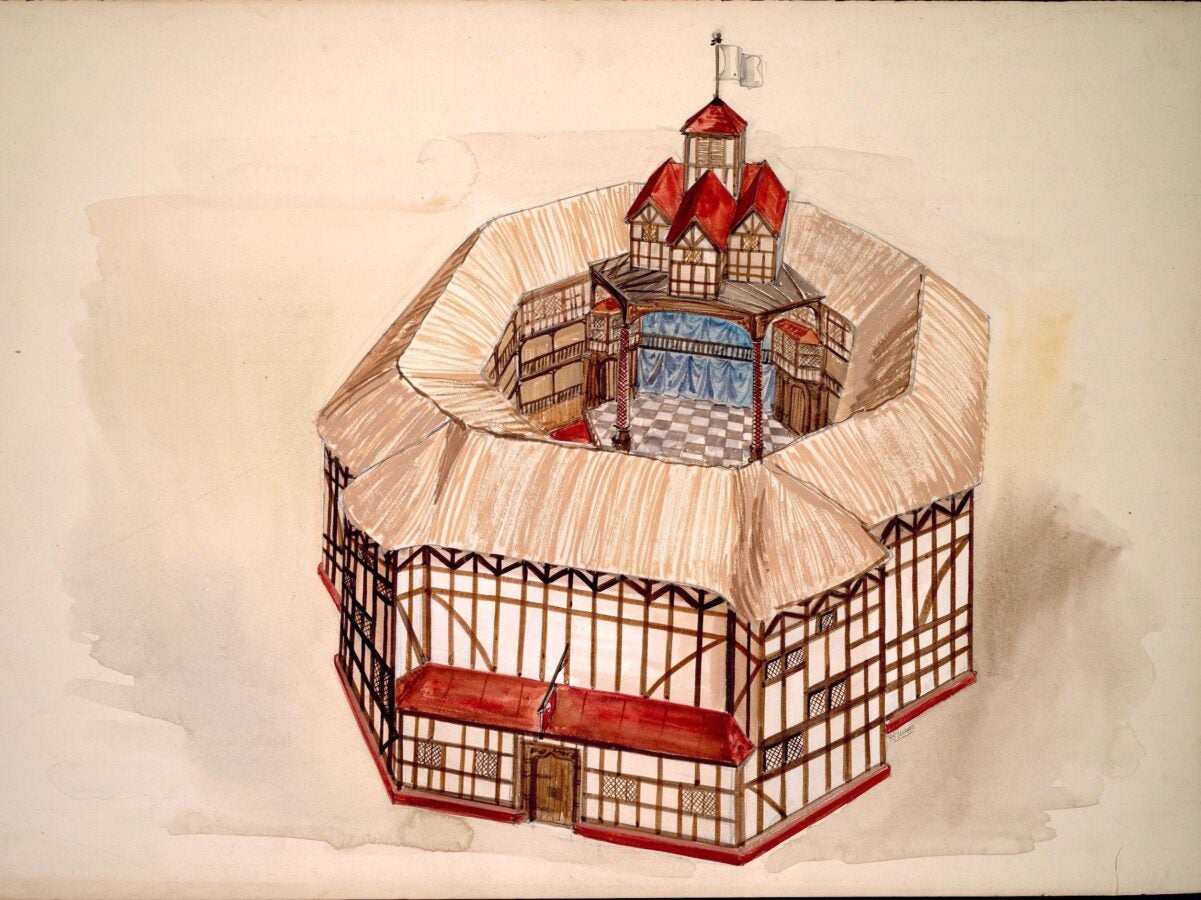
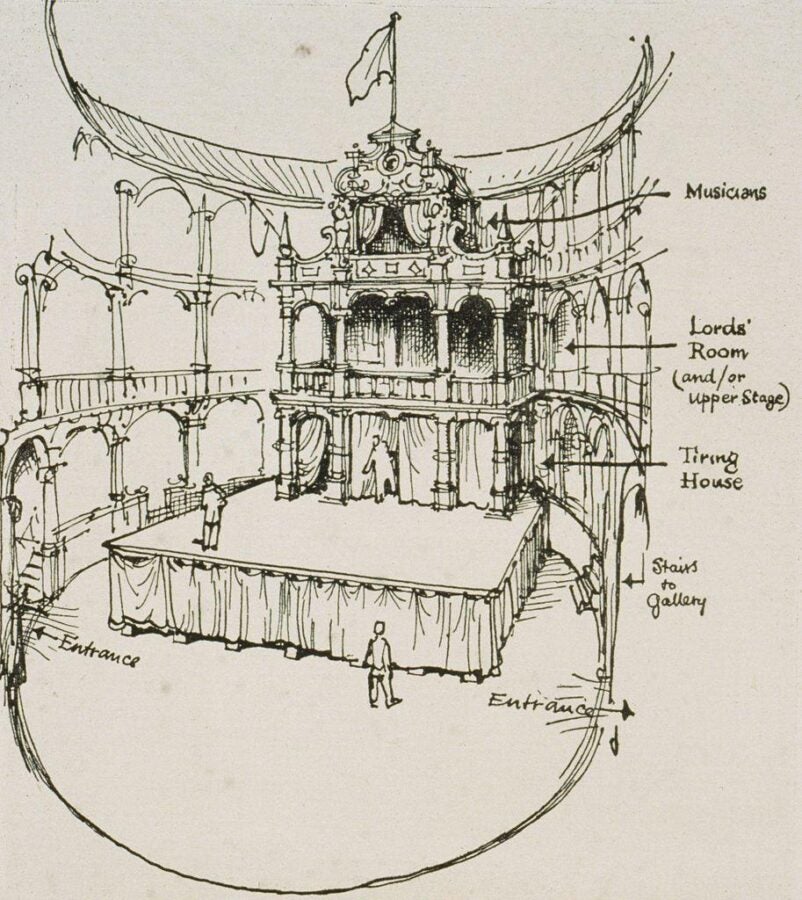

Enhancing children’s literature with Artstor on JSTOR
Margaret Teillon, volunteer educator, Philadelphia Museum of Art
Recognizing the joy children bring to picture books, I have developed teaching materials using selected children’s literature combined with Artstor on JSTOR images. My goal is to enhance literacy instruction and provide an interdisciplinary method of teaching social studies, language arts, and art appreciation.

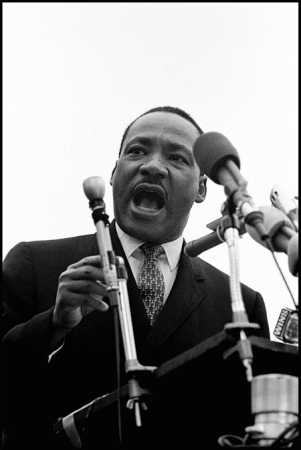
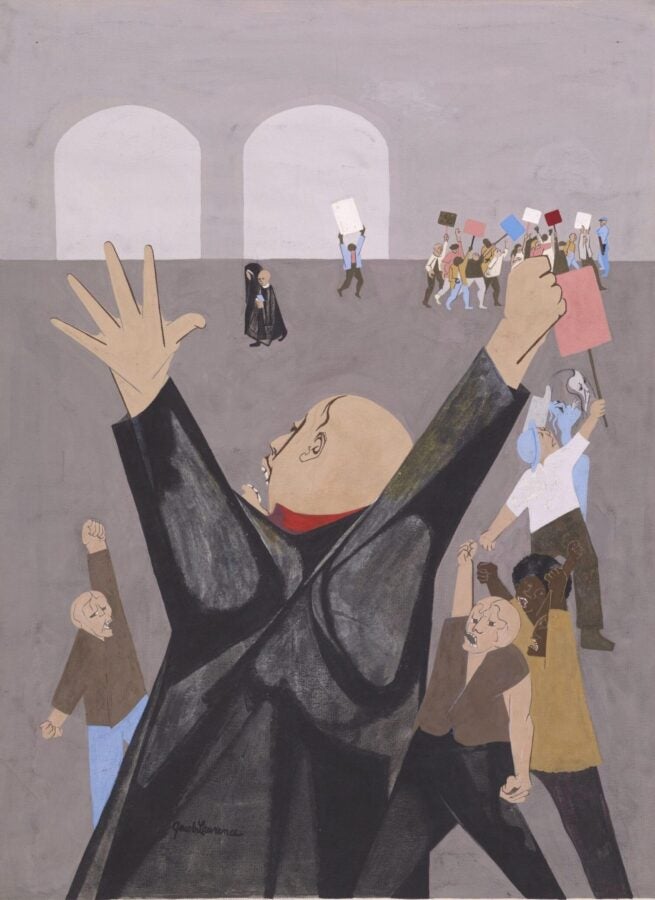
Do you use images on Artstor of JSTOR for studying and teaching literature? We’d love to collaborate and share your educational resources on the JSTOR blog platform.



